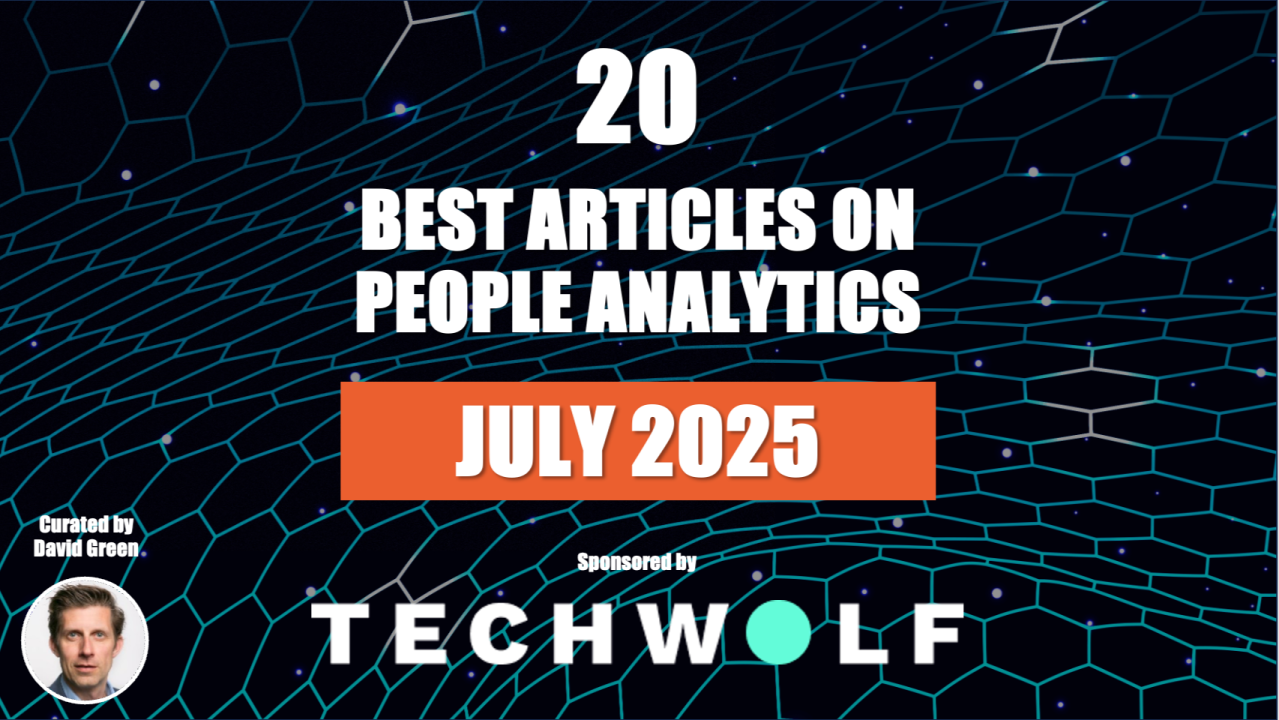 David Green
David Green
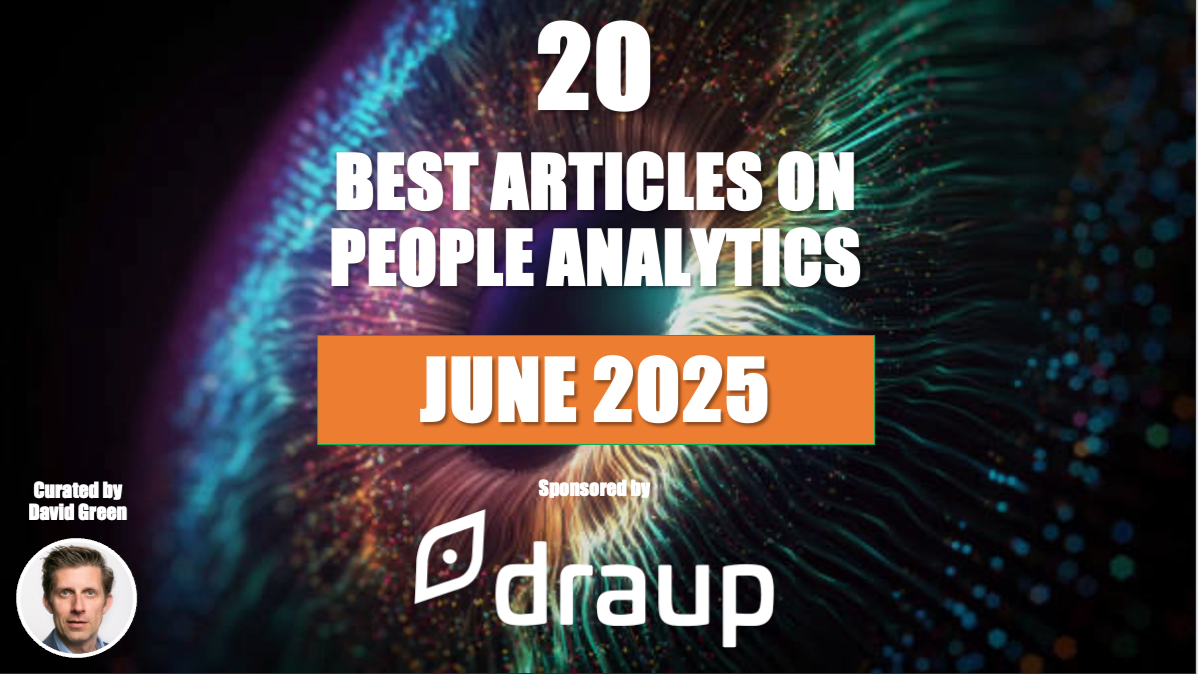 David Green
David Green
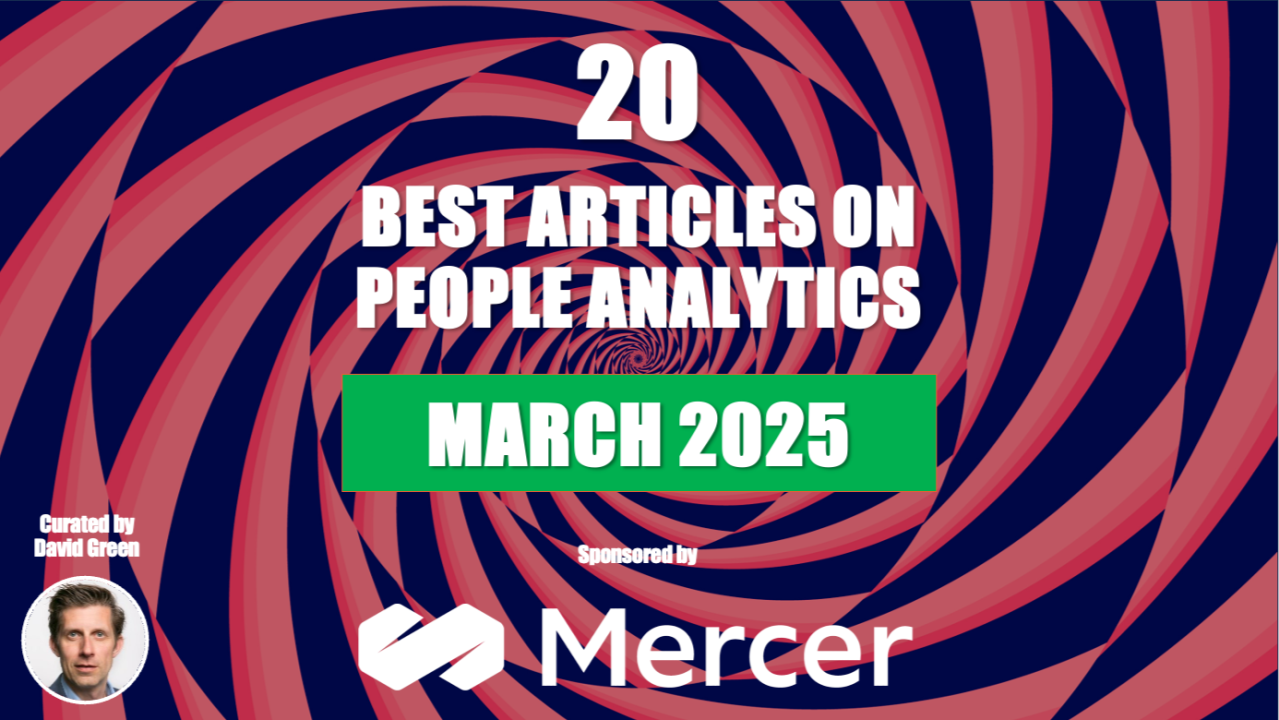 David Green
David Green
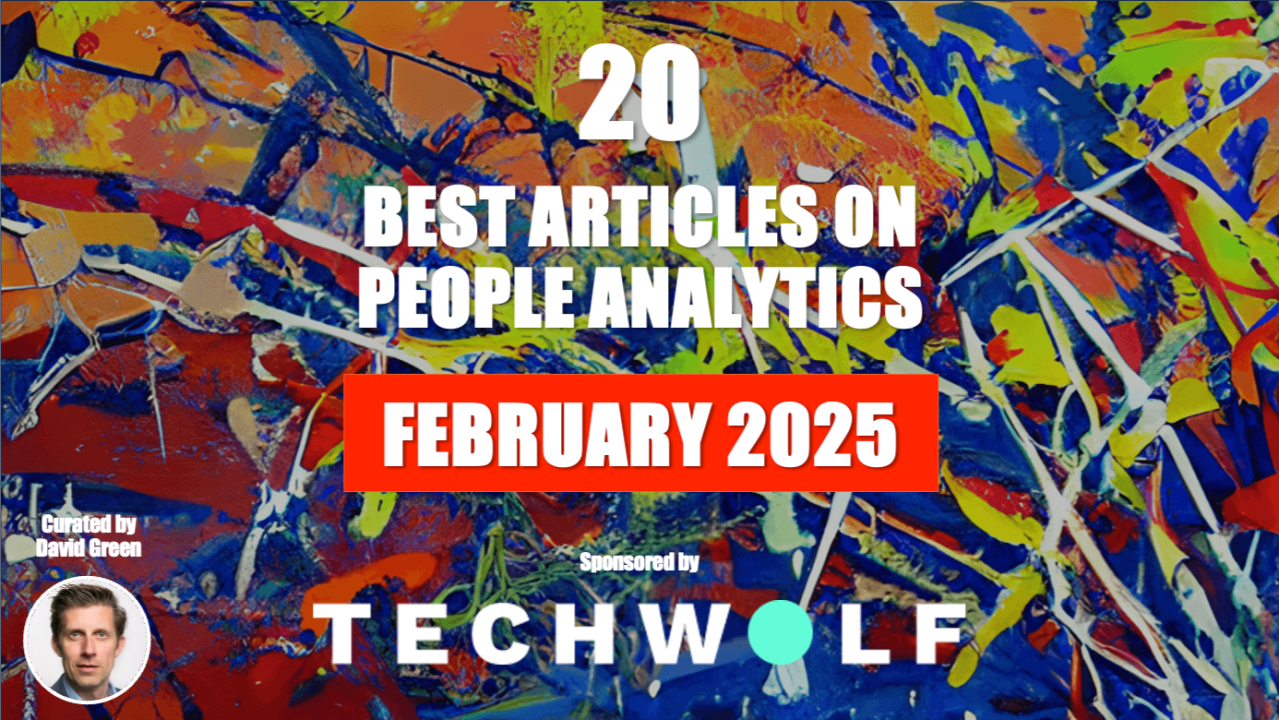 David Green
David Green
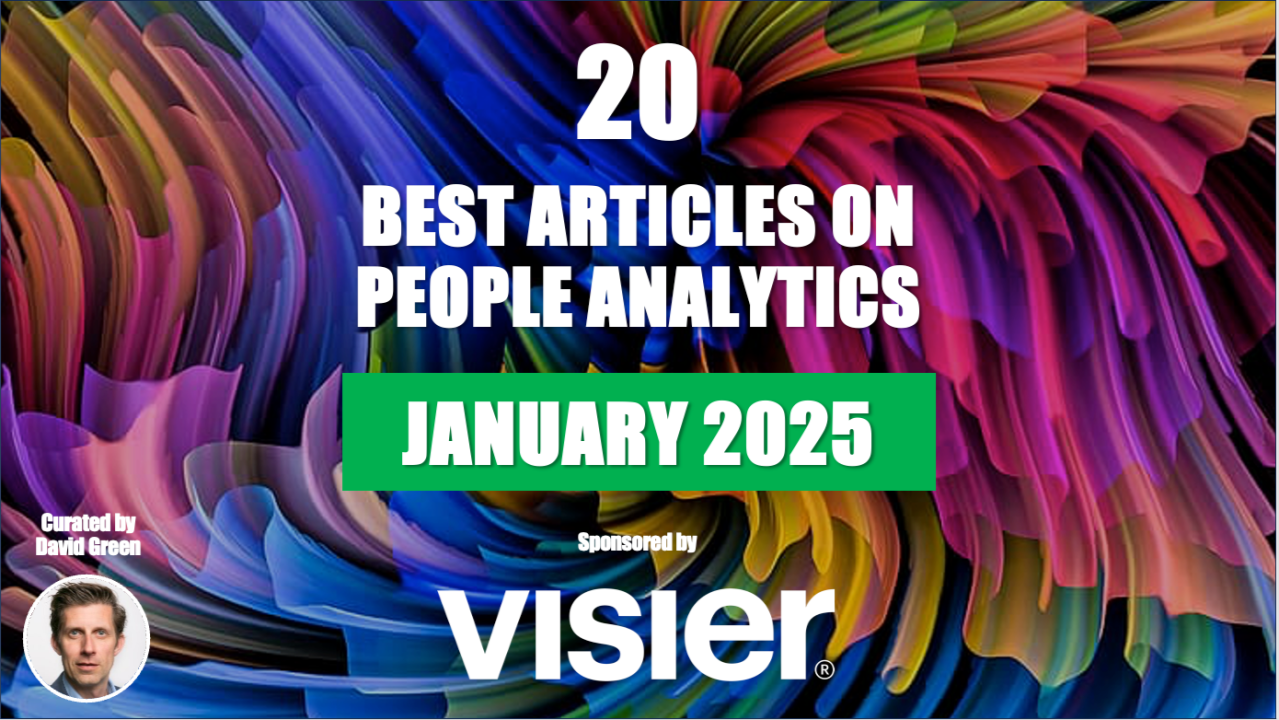 David Green
David Green
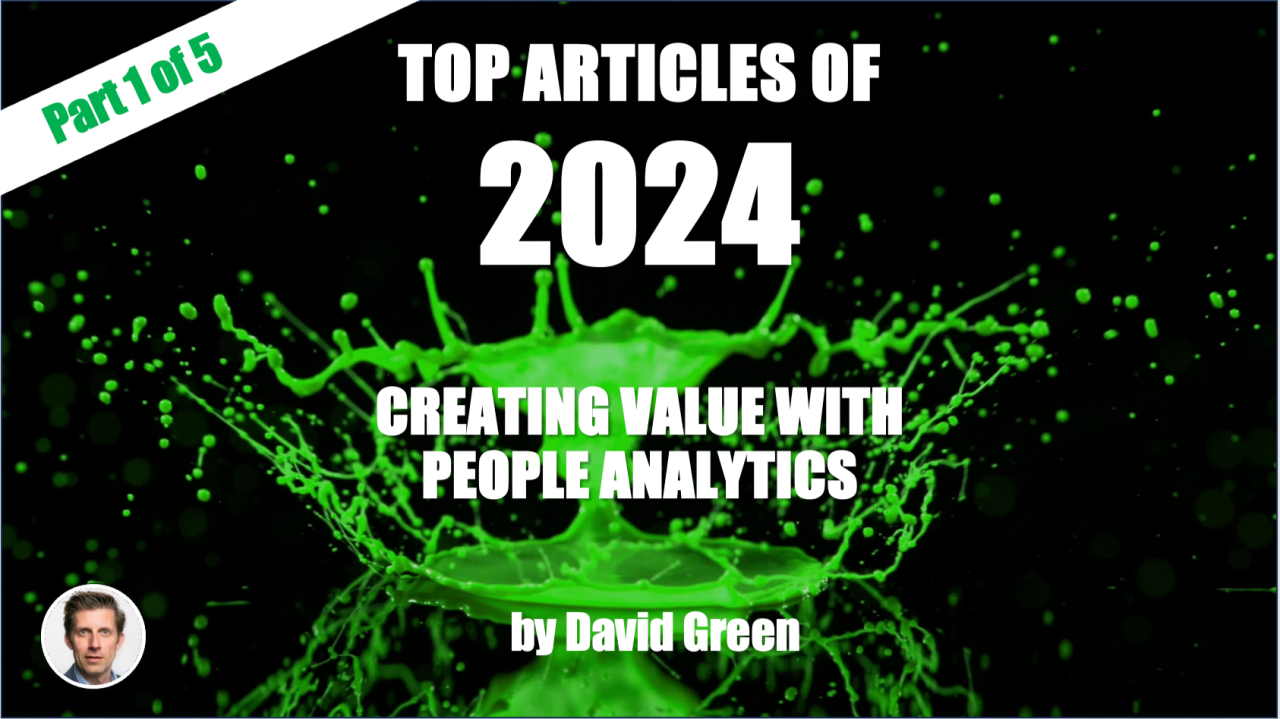 David Green
David Green
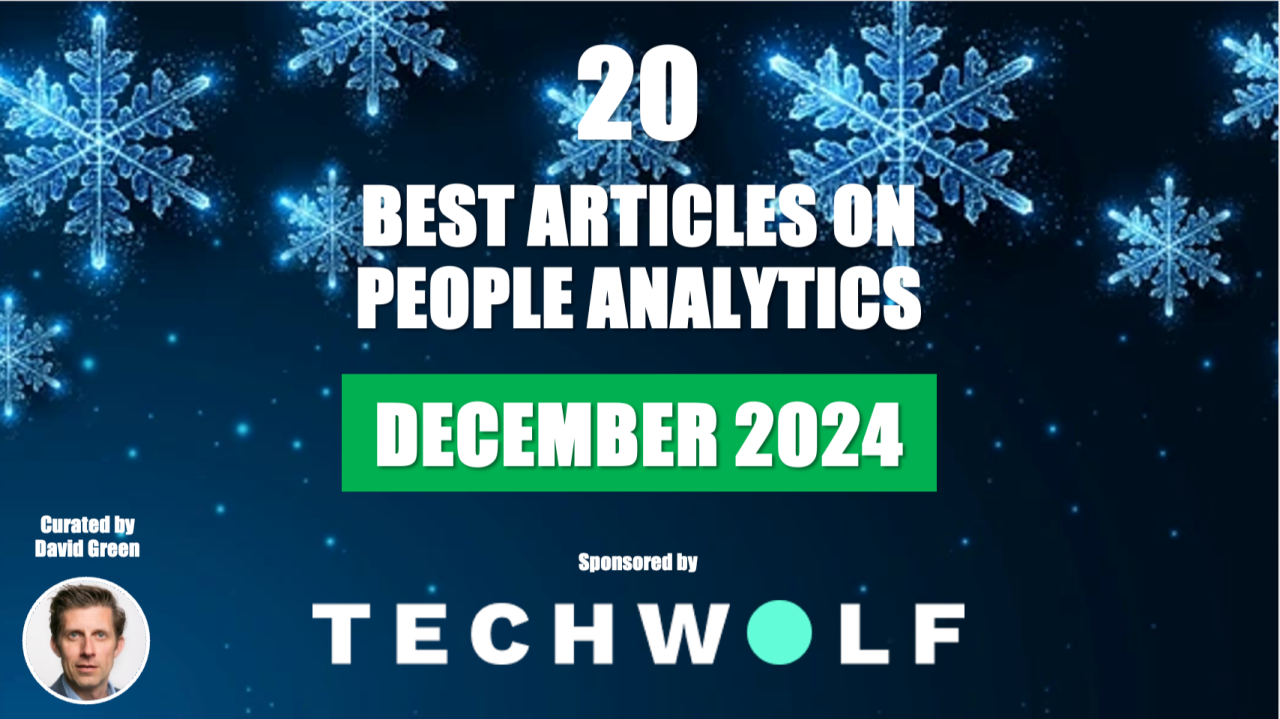 David Green
David Green
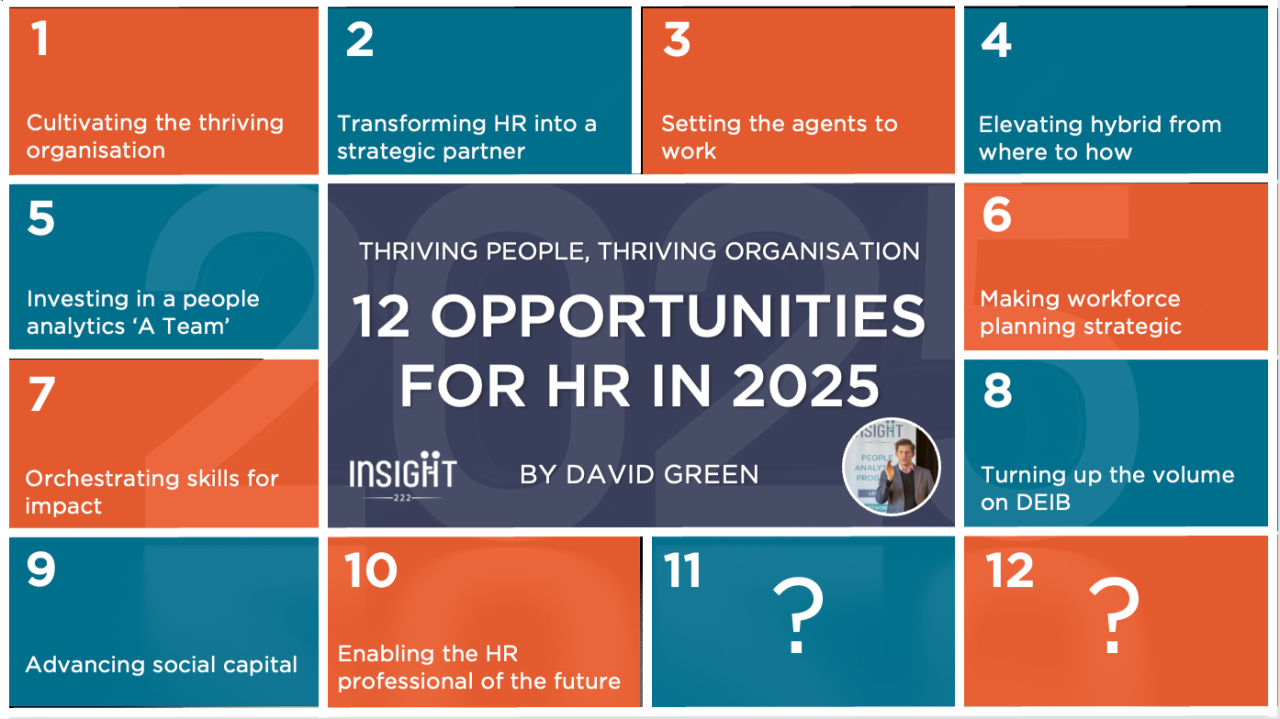 David Green
David Green
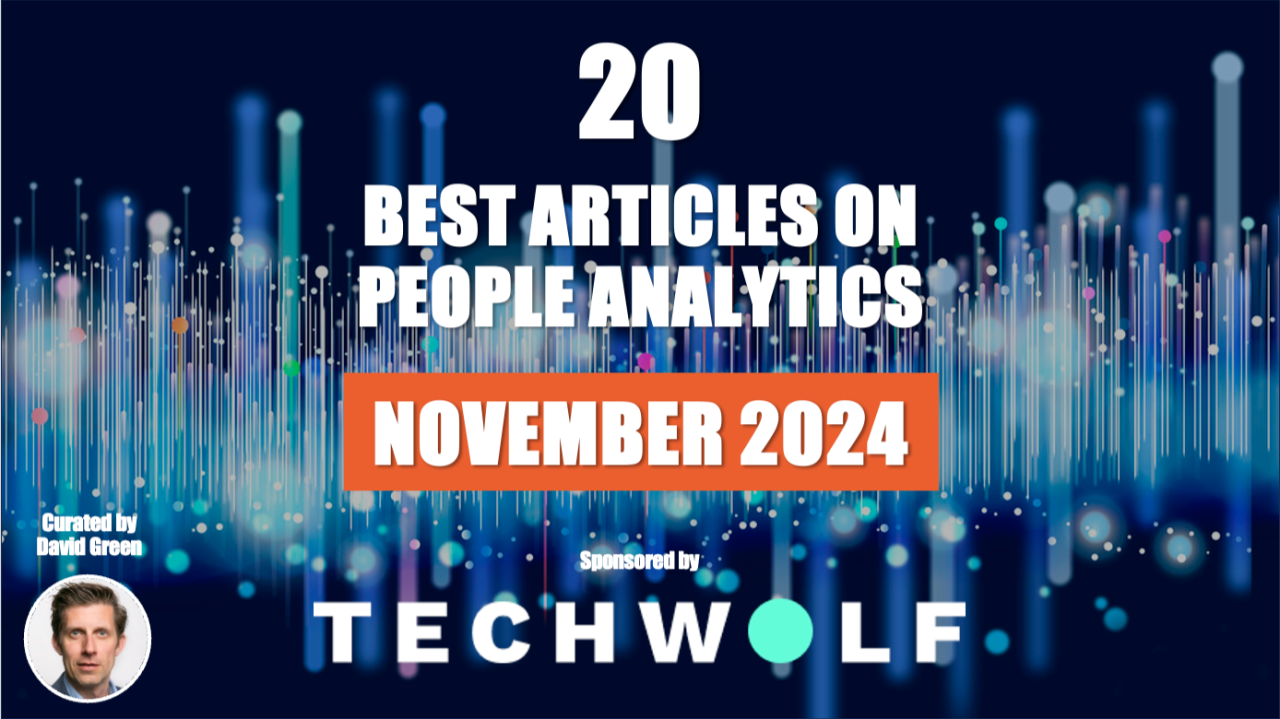 David Green
David Green
 David Green
David Green





 扫一扫
添加客服
扫一扫
添加客服




